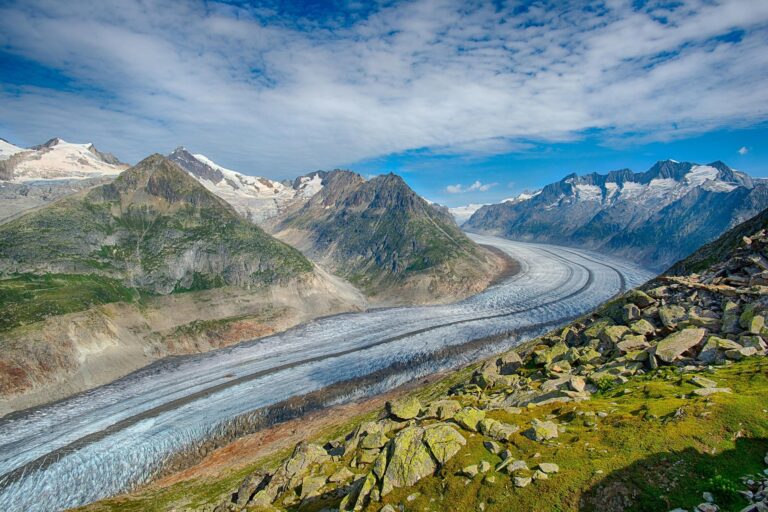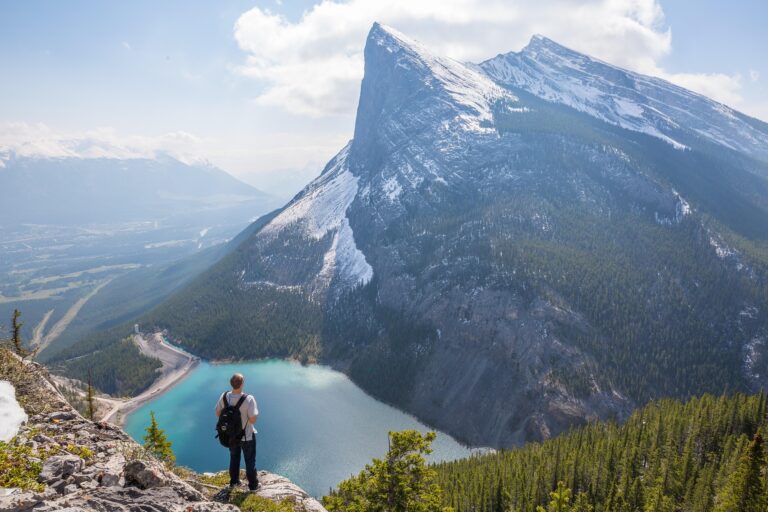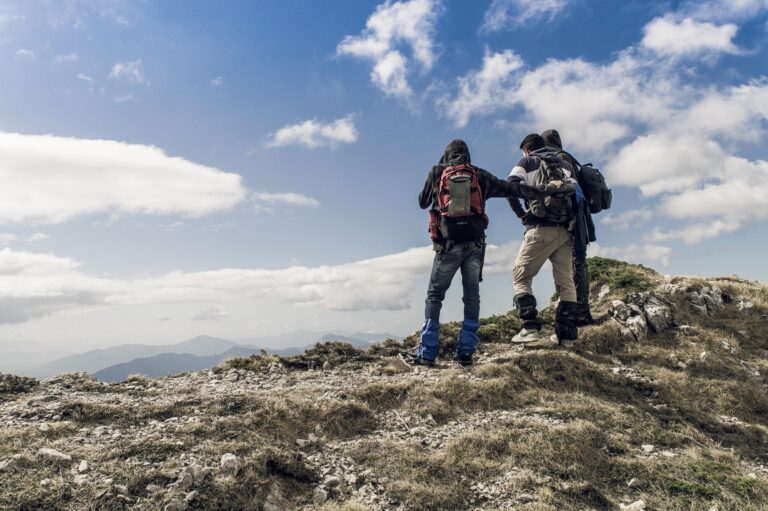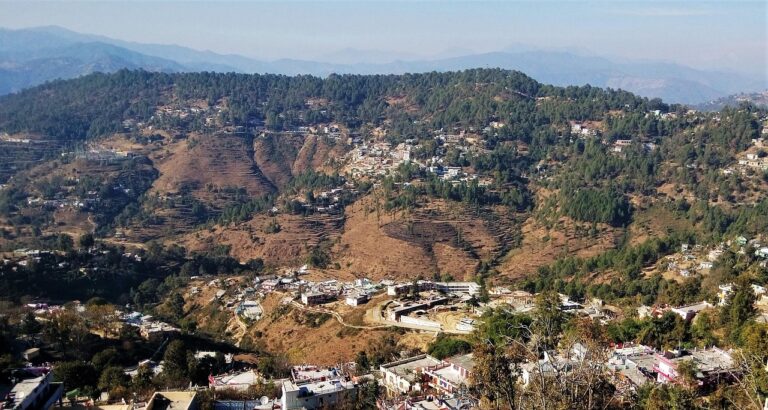The Chardham Yatra in Uttarakhand is one of the most sacred pilgrimages in India, covering four holy shrines — Yamunotri, Gangotri, Kedarnath, and Badrinath. Each Dham holds deep spiritual significance and offers breathtaking Himalayan landscapes. But before you start your journey, one important decision awaits: Which route should you take?
The “best” path depends on your travel style, available time, budget, and health. Let’s explore the main Chardham routes and help you choose the one that’s right for you.
1. The Traditional Road Route
Best for: First-time travelers, those who want the full spiritual and scenic experience.
Duration: 10–12 days
Starting Point: Haridwar, Rishikesh, or Dehradun
The traditional Chardham Yatra follows a clockwise sequence:
- Yamunotri – Source of the Yamuna River, reached via a trek from Janki Chatti (approx. 6 km one way).
- Gangotri – Origin of the Ganga River, accessible by road from Uttarkashi.
- Kedarnath – Home to one of the 12 Jyotirlingas, requiring a 16–18 km trek from Gaurikund.
- Badrinath – Dedicated to Lord Vishnu, easily reached by road.
Advantages:
- Covers all four Dhams by road, allowing you to experience the journey at a relaxed pace.
- Plenty of sightseeing spots en route — waterfalls, valleys, and temples.
- Budget-friendly compared to air routes.
Considerations:
- Long travel hours and winding mountain roads may be tiring.
- Trekking to Yamunotri and Kedarnath can be physically demanding.
2. The Helicopter Route
Best for: Senior citizens, busy travelers, or those seeking comfort.
Duration: 2–5 days
Starting Point: Dehradun
Helicopter services are available from Sahastradhara Helipad (Dehradun), offering different packages — from one-day Kedarnath visits to complete Chardham trips. The route typically covers:
- Day 1: Dehradun → Yamunotri → Gangotri
- Day 2: Gangotri → Kedarnath → Badrinath → Dehradun
Advantages:
- Drastically reduces travel time.
- Avoids long treks and road journeys.
- Comfortable and safe for elderly pilgrims.
Considerations:
- Significantly more expensive than road travel.
- Weather-dependent; flights can be delayed or rescheduled.
- Limited sightseeing compared to road travel.
3. Partial Road + Helicopter Combination
Best for: Travelers who want to save time but still enjoy parts of the road journey.
Duration: 6–8 days
This route is a mix of road travel and helicopter transfers. For example:
- Travel by road from Haridwar to Yamunotri and Gangotri.
- Take a helicopter from Phata or Guptkashi to Kedarnath.
- Continue by road to Badrinath.
Advantages:
- Reduces fatigue by avoiding the toughest trekking sections.
- Balances cost and comfort.
- Offers both scenic drives and aerial views.
Considerations:
- Still requires some long road travel.
- Helicopter tickets need to be booked well in advance.
4. Reverse Chardham Route
Best for: Travelers looking to avoid peak-season crowds.
Duration: 10–12 days
Instead of the traditional Yamunotri → Gangotri → Kedarnath → Badrinath route, you start from Badrinath and end with Yamunotri.
Advantages:
- Less crowded at the shrines, especially in peak season.
- May find better accommodation availability.
- Offers a unique travel experience compared to the standard route.
Considerations:
- Traditionally, the clockwise route is followed for spiritual reasons — some pilgrims prefer not to change it.
- Logistics for transport and guides may be slightly less straightforward.
How to Choose Your Route
When deciding on the best Chardham route, consider the following:
- Time Availability:
- Less than 5 days → Helicopter route
- 6–8 days → Combination route
- 10+ days → Traditional or reverse road route
- Budget:
- Road routes are the most affordable.
- Helicopter routes can be several times more expensive.
- Physical Fitness:
- If trekking is difficult, opt for helicopter transfers to Yamunotri or Kedarnath.
- Fit travelers can enjoy the trekking experience for its spiritual and scenic rewards.
- Season & Weather:
- May–June and September–October are best for good weather.
- Monsoon season (July–August) can bring landslides and delays.
Final Thoughts
There’s no single “best” Chardham route — it’s about finding the path that matches your needs.
- If you want the complete pilgrimage journey with all its spiritual and scenic elements, take the traditional road route.
- If you’re short on time or have health constraints, helicopter services make the Yatra possible in comfort.
- For a balance, the combination route gives you the best of both worlds.
No matter which path you choose, the Chardham Yatra is more than just a trip — it’s a spiritual awakening surrounded by the majestic Himalayas.
If you want, I can also prepare a comparison table for all four routes so your readers can easily decide at a glance. Would you like me to add that?






